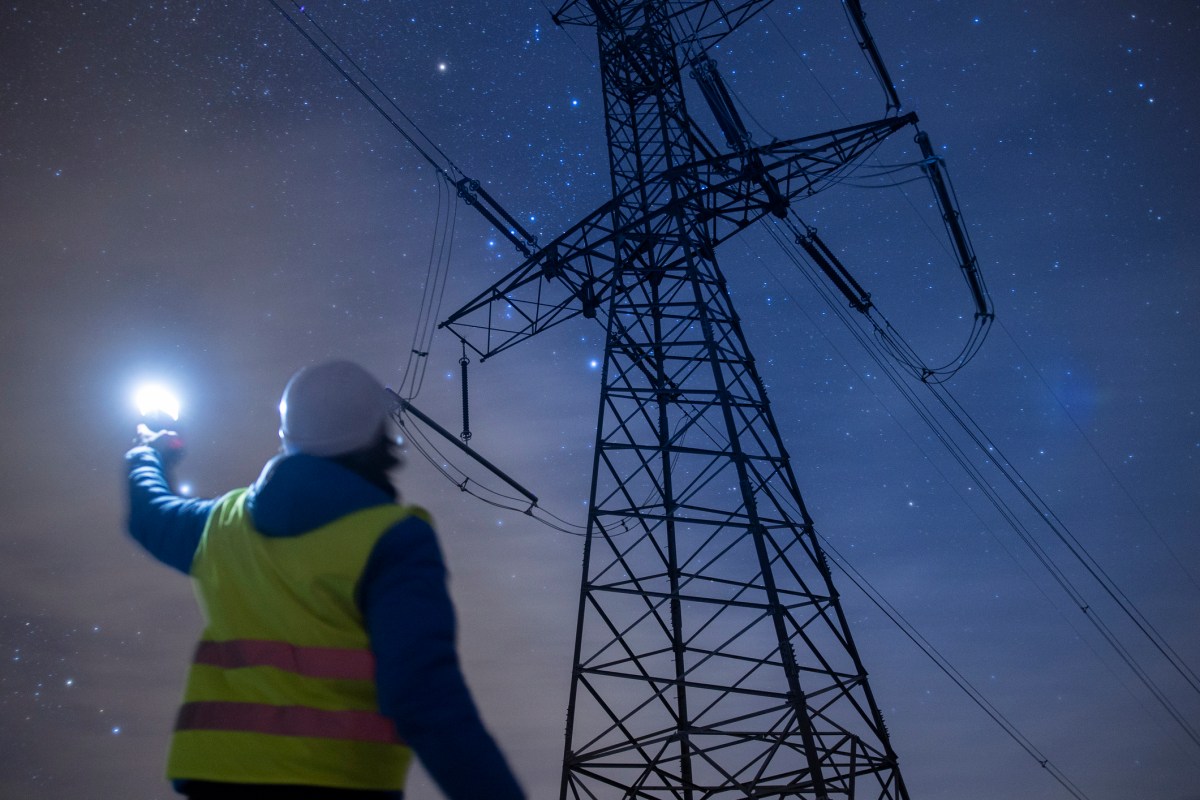
Nvidia thinks AI can solve electrical grid problems caused by AI
- 20.03.2025 15:41
- techcrunch.com
- Keywords: AI, Partnership
Nvidia partners with EPRI and other companies in the Open Power AI Consortium to develop AI solutions for electrical grid challenges caused by increased power demand. The models will be open-sourced to address these issues.